
Your Vision Our Priority
From routine eye exams to advanced diagnostic care, we’re committed to protecting and enhancing your sight at every stage of your life.
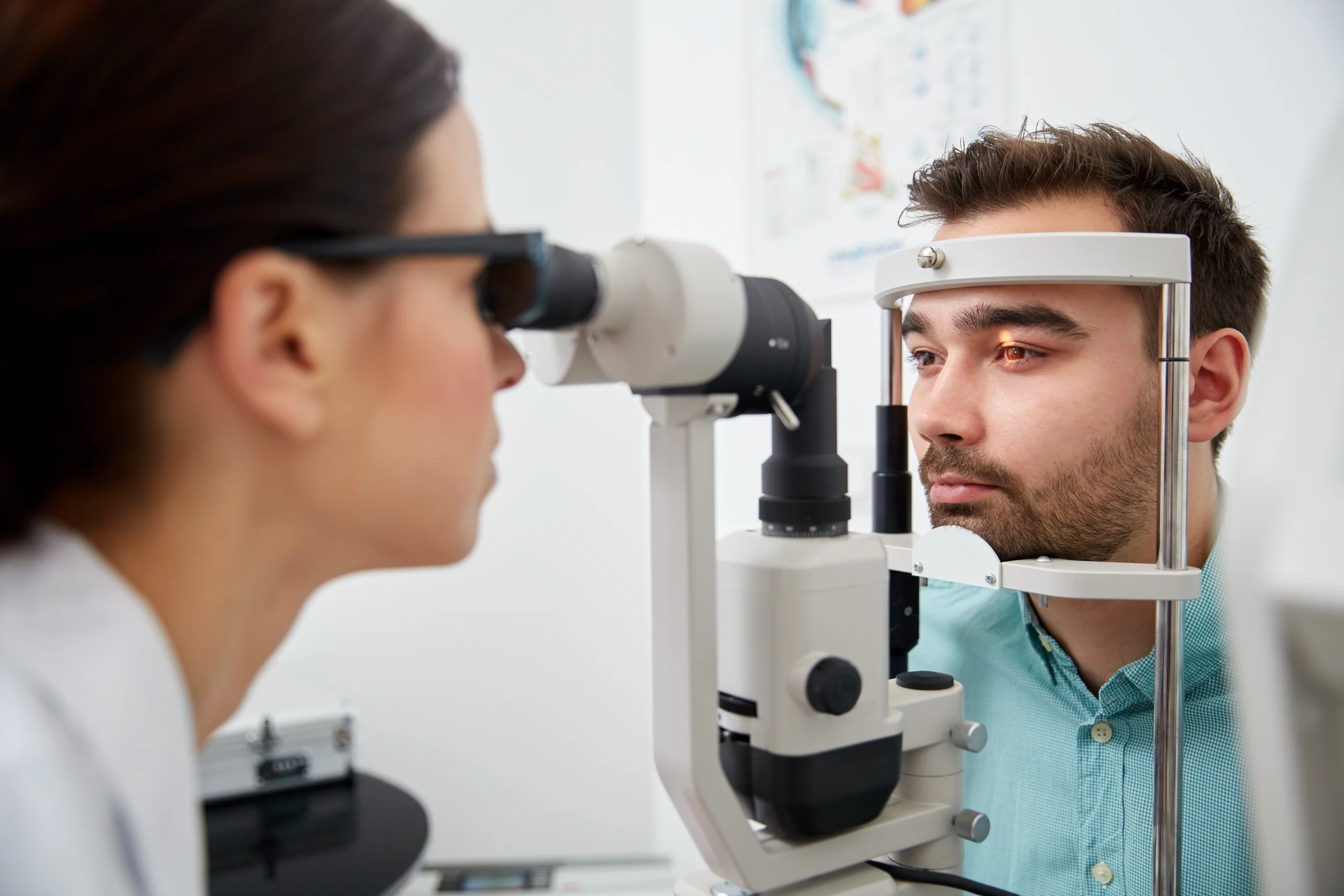
Routine Eye Exams
Read More
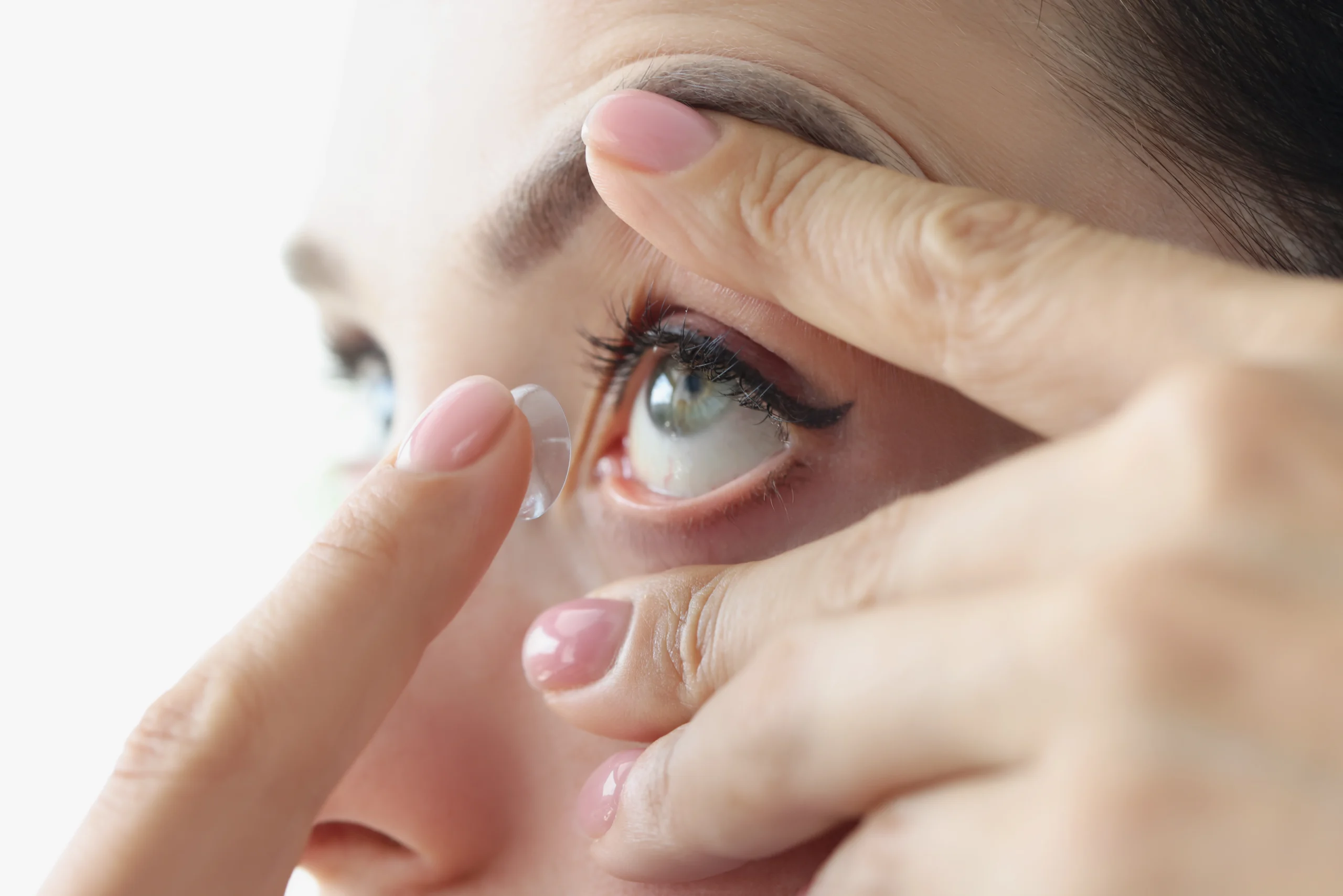
Contact lens exams
- Need bifocal or multifocal contacts?
- Rigid gas permeable or soft lenses?
- Disposables, dailies or colored contacts?

Pediatric exam ages 5+
Read More
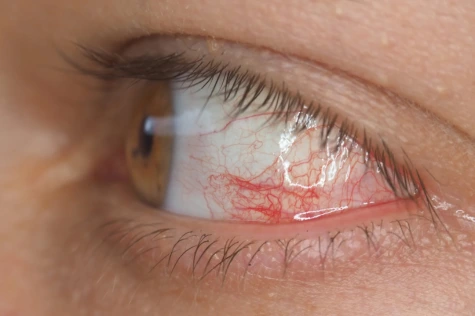
Dry eyes
Symptoms of dry eye disease include:
- Red, dry eyes
- Itchiness in and around the eye
- A gritty-feeling in the eye
- Light sensitivity
- Excessive watering of the eyes
Other Services
Myopia management
Children with myopia face an increased risk of developing serious, potentially sight-threatening eye conditions later in life. Help protect your child’s vision with proactive myopia management. We also use myopia control methods such as medication and speciality contact lenses to help minimize changes.
Diabetic Eye exams
Diabetic eye exams play a vital role in preserving your vision and detecting early signs of diabetic retinopathy and other related conditions. Our comprehensive, dilated exams allow us to carefully assess the health of your retina and blood vessels. To support your overall care, we also provide detailed reports to your primary care physician.
LASIK co-management
LASIK and other refractive surgeries offer a lasting solution to reduce or eliminate the need for glasses and contacts. Discover if you’re a good candidate for vision correction today.
Cataract surgery co-management
Untreated cataracts can lead to complete vision loss in the affected eye. We’re here to support you with expert co-management throughout your cataract removal surgery
Astigmatism treatment
Astigmatism can lead to blurred or double vision at any distance, affecting your daily life. Learn about effective treatment options to correct astigmatism and achieve clearer, sharper vision.
Macular degeneration
Macular degeneration can lead to significant central vision loss if not identified and managed early. We’re here to help protect and preserve your vision with timely care and treatment.
Presbyopia treatment
Presbyopia is a natural part of aging that typically begins after age 40, making it harder to see things up close. If you’re experiencing these changes, our eye doctors can help you find the right solution.
Senior vision
Vision often changes significantly in the senior years, but these changes don’t have to diminish your quality of life. Early detection and treatment are key to maintaining clear, healthy vision as you age.
Emergency eye care
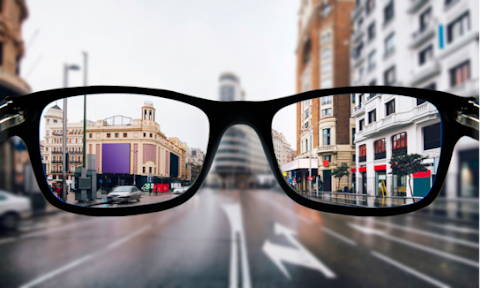
What is Myopia?
Myopia is the leading cause of distance vision impairment worldwide, and its prevalence is steadily increasing, with an estimated 50% of the global population expected to be affected by 2050. Although previous research has led to important clinical advancements—such as the development of new spectacle and contact lenses, as well as surgical options to slow its progression—the continued rise in myopia highlights the need for further research to enhance its prevention and management strategies.
Treatment Options:

1. Low dose atropine eye drops:
– Numerous studies around the world have demonstrated that low-dose atropine eye drops can slow the progression of myopia, although the exact mechanism remains unclear. Typically used to dilate the eyes following surgery, injury, or inflammation, atropine drops are also commonly employed in the treatment of amblyopia in children.
– The 0.01%-0.05% low-dose atropine has consistently proven effective in slowing the progression of myopia, while causing fewer side effects than higher concentrations—such as reduced or no light sensitivity and minimal impact on near vision.
– Using atropine eye drops for myopia control involves daily application, typically for a duration of at least 1 to 2 years. Since this treatment uses a lower-than-standard concentration, the drops must be specially prepared by a compounding pharmacy.
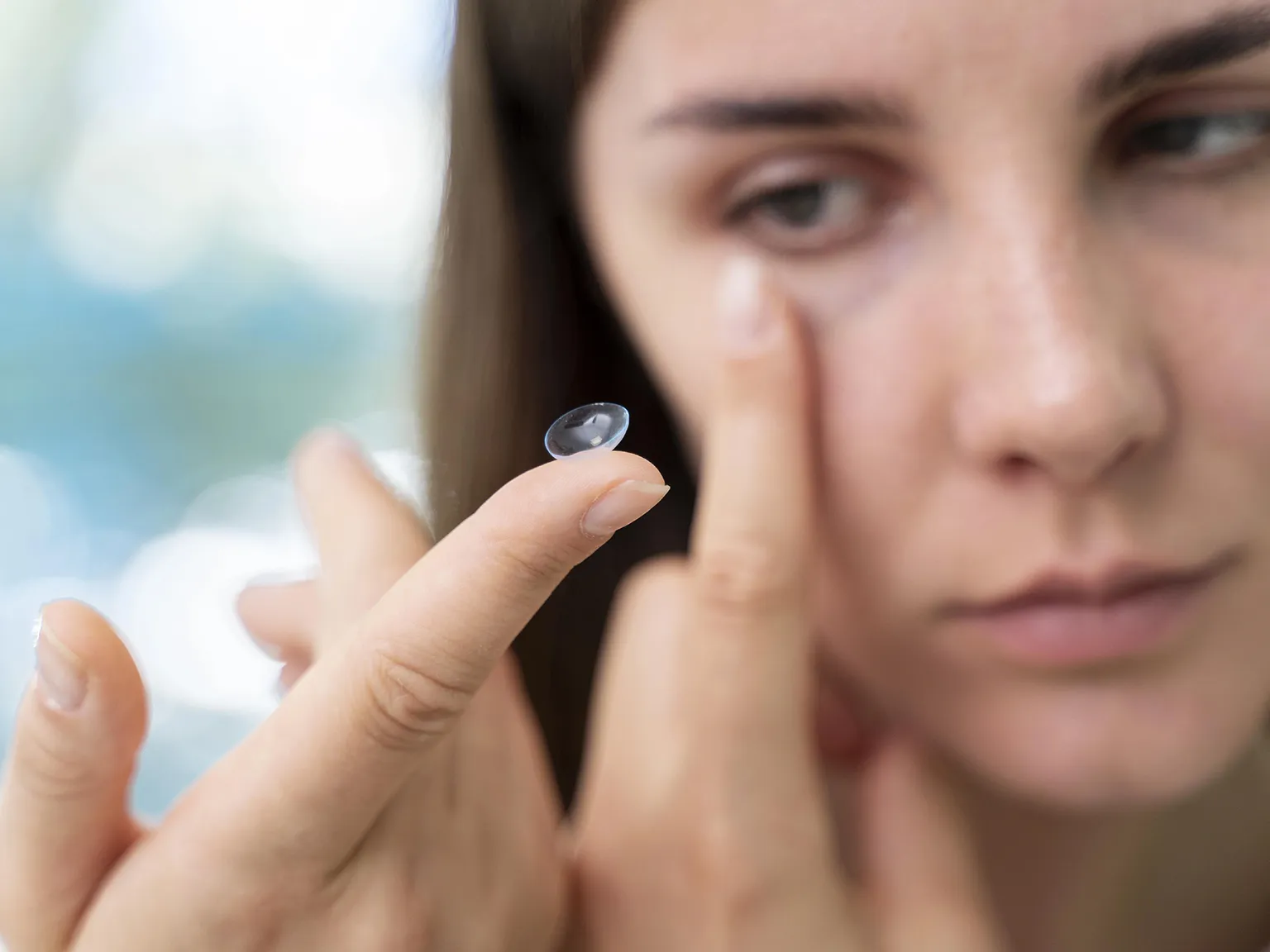
2. Contact lenses:
– Multifocal contact lenses have also been studied as a method to slow the progression of myopia. Various types of these lenses can be prescribed for this purpose. In 2019, MiSight contact lenses became the first FDA-approved option for myopia control in the United States. These daily disposable lenses must be fitted by an optometrist or ophthalmologist with specialized training.
– Another less commonly recommended approach to slowing myopia progression is orthokeratology, or Ortho-K. This method involves wearing rigid gas-permeable contact lenses overnight to temporarily reshape the cornea, the eye’s clear front surface. However, a rebound effect—where myopia worsens after discontinuing Ortho-K—has been observed.
As with any form of contact lens use, there are potential risks, including corneal abrasions, infections, ulcers, and scarring, which can lead to permanent vision loss.

3. Increased Time Outdoors and Reduced Screen Use:
Concerns have grown, especially during the COVID-19 pandemic, about the increased use of electronic devices due to remote learning, which may contribute to the development and progression of myopia. Research has shown that spending time outdoors and being exposed to natural light can help reduce the risk of both developing myopia and its progression. Current recommendations suggest that children should spend at least two hours outdoors each day.
